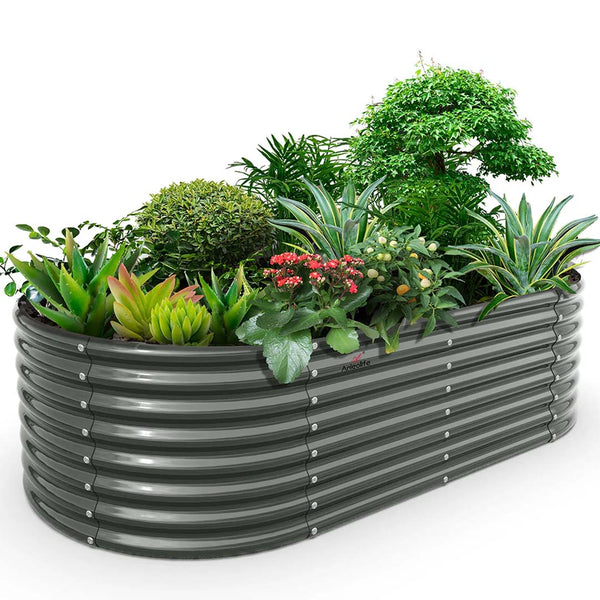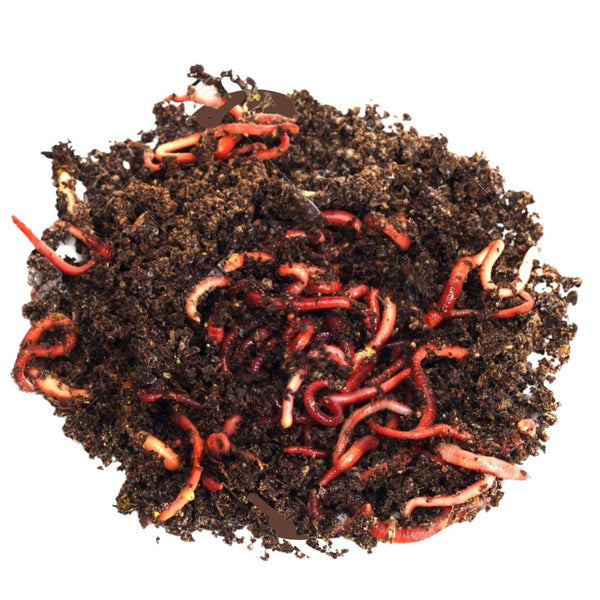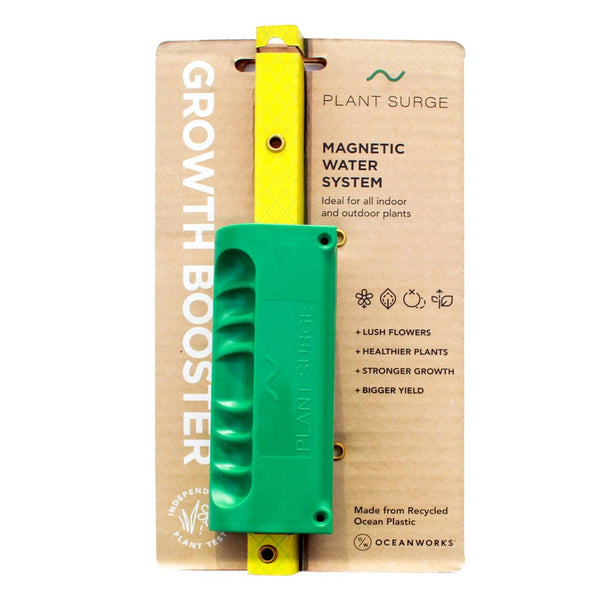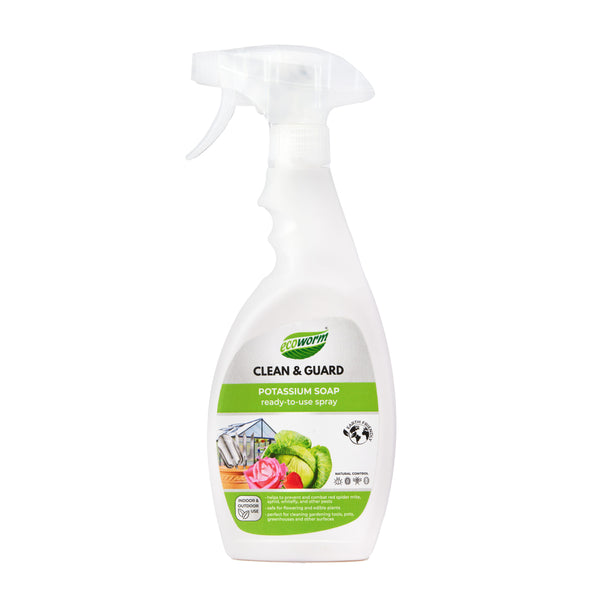The Soil Secret: This Raised Garden Bed Method Produces Vegetables 3x Faster Than Ground Planting

Understanding Raised Garden Beds
Benefits of Raised Beds
Raised garden beds are like the VIP section of your backyard, offering perks that make them a hit with green thumbs everywhere. Here's why they're the talk of the town:
- Looks That Kill: Raised beds can turn your garden into a masterpiece, giving it a tidy, organized vibe.
- Soil Boss: You get to play soil scientist, mixing up the perfect dirt cocktail for your plants. This is a game-changer for growing goodies like tomatoes, peppers, carrots, and melons.
- Bumper Crops: With better drainage and airflow, your plants' roots will be living their best life, leading to a bountiful harvest.
- Veggie Overload: The controlled setup of raised beds can crank up your veggie output, with stars like spinach, kale, lettuce, carrots, beets, bush beans, pole beans, tomatoes, bell peppers, and hot peppers stealing the show.
- Water Wizardry: Manage water like a pro, keeping your plants happy and avoiding soggy disasters.
- Pest Bouncer: Raised beds act like a bouncer at a club, keeping pests and soil nasties at bay.
- Season Stretch: These beds soak up the sun's warmth early in spring and hold onto it in fall, giving you more time to grow.
Pros and Cons of Raised Gardening
While raised garden beds have their perks, they're not all sunshine and rainbows. Let's break it down:
Pros
- Soil Control: You call the shots on soil quality, setting the stage for plant success.
- Drainage Delight: Say goodbye to waterlogged roots and hello to healthy growth.
- Longer Growing Time: Beds heat up quickly in spring and stay warm in fall.
- Pest and Disease Defense: Elevated beds help fend off soil-borne troublemakers.
- Visual Appeal: They make your garden look like it belongs in a magazine.
Cons
- Price Tag: Getting started with raised beds can hit the wallet hard, with costs climbing up to $1000 for big setups (The Seasonal Homestead).
- Ongoing Expenses: Keeping those beds filled with soil and amendments isn't cheap.
- Stuck in Place: Once they're in, moving or changing them can be a real pain (The Seasonal Homestead).
- Tool Trouble: Some of your trusty garden tools might not fit or work well in the tight space of a raised bed.
Knowing the ups and downs of raised garden beds helps you decide if they're your garden's new best friend. For more tips on setting up and keeping them in tip-top shape, check out our articles on raised garden kits and raised garden boxes DIY.
Building and Maintaining Raised Beds
Materials for Raised Beds
Alright, folks, let's talk about the stuff that makes your garden beds stand tall and proud. Picking the right materials is like choosing the perfect pair of shoes—it's gotta be comfy and last a while. Here’s the scoop on what works best:
Cedar: Cedar is the MVP of garden bed materials. It's tough, laughs in the face of rot, and keeps pests at bay. This wood can stick around for a decade or more, making it a favorite for gardeners from the Midwest to Europe. It's like the trusty old friend who never lets you down (Gardenary).
Untreated Wood: If cedar's not your thing, go for untreated wood like pine, cypress, redwood, or hemlock. These woods are solid choices, but steer clear of the chemically treated stuff unless you want your veggies to taste like a science experiment.
Thicker Boards: Think of thicker boards as the heavyweight champs of the garden bed world. At least two inches thick is the way to go if you want your beds to last. Those flimsy kits with skinny boards? They might not stick around for the long haul (Gardenary).
Construction Tips and Techniques
Building a raised garden bed doesn’t have to be rocket science. Here are some handy tips to make the process smooth as butter:
Framing Angles: Use framing angles for a slick design that keeps your boards in tip-top shape. No need for extra wood trim—just a clean, simple look that gets the job done.
Hex Screws: Grab some hex screws, 2.5" long and 1/4" in diameter, with washers and nuts. Zinc screws are your best bet since they're food-safe. You don’t want your veggies tasting like metal, right?.
MoistureLock Fabric: Want to give your plants a little extra love? MoistureLock fabric is your buddy. It keeps the soil nice and hydrated, helping those roots grow strong. Perfect for when you want a bumper crop.
Proper Drainage: Don’t let your plants drown! Make sure your bed has good drainage. Drill some holes or use breathable fabric to keep things from getting soggy.
Soil Quality: Fill your bed with top-notch soil packed with organic goodies. Your plants will thank you by growing big and strong.
Follow these tips, and you'll have a garden bed that's ready to rock and roll with all sorts of veggies and plants. For more garden wisdom, check out our articles on raised garden kits and raised garden boxes DIY.























